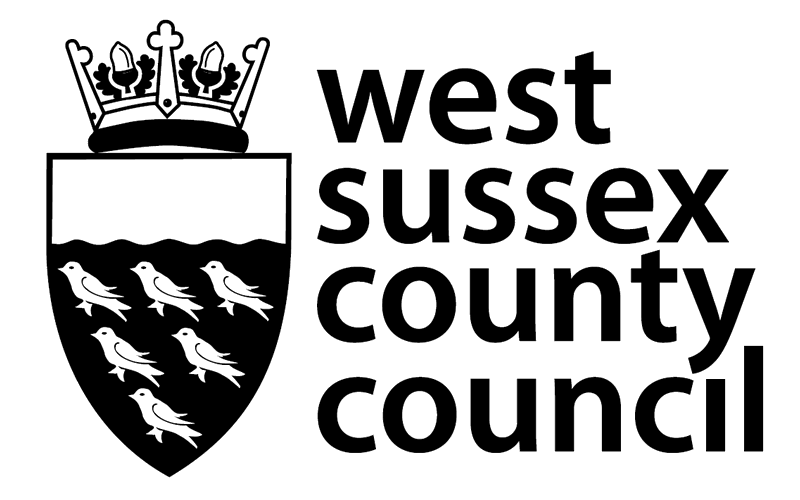Agenda item
Fire and Rescue Service Strategic Performance Report Quarter 1 2020
Report by the Chief Fire Officer.
The report provides a context to the Performance and Assurance Framework for the purpose of future scrutiny of the Executive’s approach to performance.
Minutes:
11.1 The Committee considered a report by the Chief Fire Officer (copy appended to the signed minutes). The report was first introduced by Cllr Crow, Cabinet Member for Fire & Rescue and Communities who told the Committee: -
· The Performance and Assurance Framework (PAF) measures had been acted upon with deficiencies being picked-up
· There had been challenges in the first quarter of the year due to Covid-19
· West Sussex Fire & Rescue Service (WSFRS) had shown flexibility during the lockdown by taking on tasks outside of its normal duties
· Target CM6 (the number of safe and well visits carried out) had not been met due to lockdown restrictions, but this was now being addressed
· The target for first appliance attendance had been met for three quarters in a row – this was partly due to county crewing and the availability of retained fire fighters who were working from home during lockdown
11.2 Sabrina Cohen-Hatton, Chief Fire Officer, added the following: -
· Some safe and well visits had been carried out by phone or video
· The pent-up backlog had been cleared thanks to extra investment in the protection teams
· There were only 13 fire safety audits outstanding which would be cleared as soon as possible
· The increased availability of retained fire fighters had helped response times – it was hoped that this would continue
· Operation resilience was the service’s top priority
11.3 Summary of responses to committee members comments and questions: -
· Although face to face safe and well visits could not take place for many people during lockdown, safety equipment was still delivered where necessary and phone/video visits were undertaken. These were not closed at this point but were followed up with in-person visits
· The number of 999 calls not answered within seven seconds mainly related to multiple calls reporting the same incident so did not affect fire engines arriving at the incident in time, as indicated by the response times being met
· Reporting the time taken to answer the first call for an incident would give a better reflection of the service’s performance
· Response times were measured from the time a call was received to the time an appliance arrived on scene
· False alarm calls had a knock-on effect for call handling times
· Response times were affected by calls for road traffic accidents and animal rescues as locations for these were often imprecise
· The service was working on a pre-alert system whereby several stations would be put on standby immediately a call came in meaning the right one, when known, would be able to respond more quickly
· The figures reported for target CM14 (time taken by the joint control centre to answer 999 calls) were for West Sussex only – this would be made clearer in future
· Inspections of unsatisfactory premises had been hindered during lockdown as many were closed - this had now been addressed
· Response times of first appliances to critical fires was improving overall thanks to various innovations and the availability of retained fire fighters although response times to high risk areas had reduced – ACTION: Sabrina Cohen-Hatton to provide the reasons why response times for the high level had reduced
· The number of retained fire fighters has increased in the service, resilience and flexibility were built into the service to cope with any change in circumstances should numbers reduce
· There was a query around local response times – the Chief Fire Officer offered to provide these to any councillor that requested them
· WSFRS resources were now managed centrally helping determine where they would be most effective
· Retained Liaison Officers helped the retention of retained fire fighters, the numbers of which might increase with more people continuing to work from home
· Vacancy rates for retained fire fighters had reduced - ACTION: Sabrina Cohen-Hatton to provide the exact figures
· Consideration would be given to a range of measures to increase retained firefighter recruitment, including extending the four-minute response time to five minutes, but this could not be done before the new Integrated Risk Management Plan had been developed
· The Crewing Optimisation Group had kept an engine available 176 times
· County crewing gave retained fire fighters the chance to do shifts in other stations and had stopped engines being unavailable on 202 occasions
11.4 Resolved – that the Committee: -
ii. Notes the concerns regarding the joint control room, and reemphasised that a Task & Finish Group would examine this in further detail in January 2021
iii. Congratulates the Fire and Rescue Service for its significant improvement in response times and will continue to monitor this to ensure this improvement continues
Supporting documents:
-
Item 5 - Fire and Rescue Service Strategic Performance Report Q1 2020, item 11.
 PDF 67 KB
PDF 67 KB -
Item 5 - Appendix A – Strategic Performance Report Q1 2020, item 11.
 PDF 1 MB
PDF 1 MB

